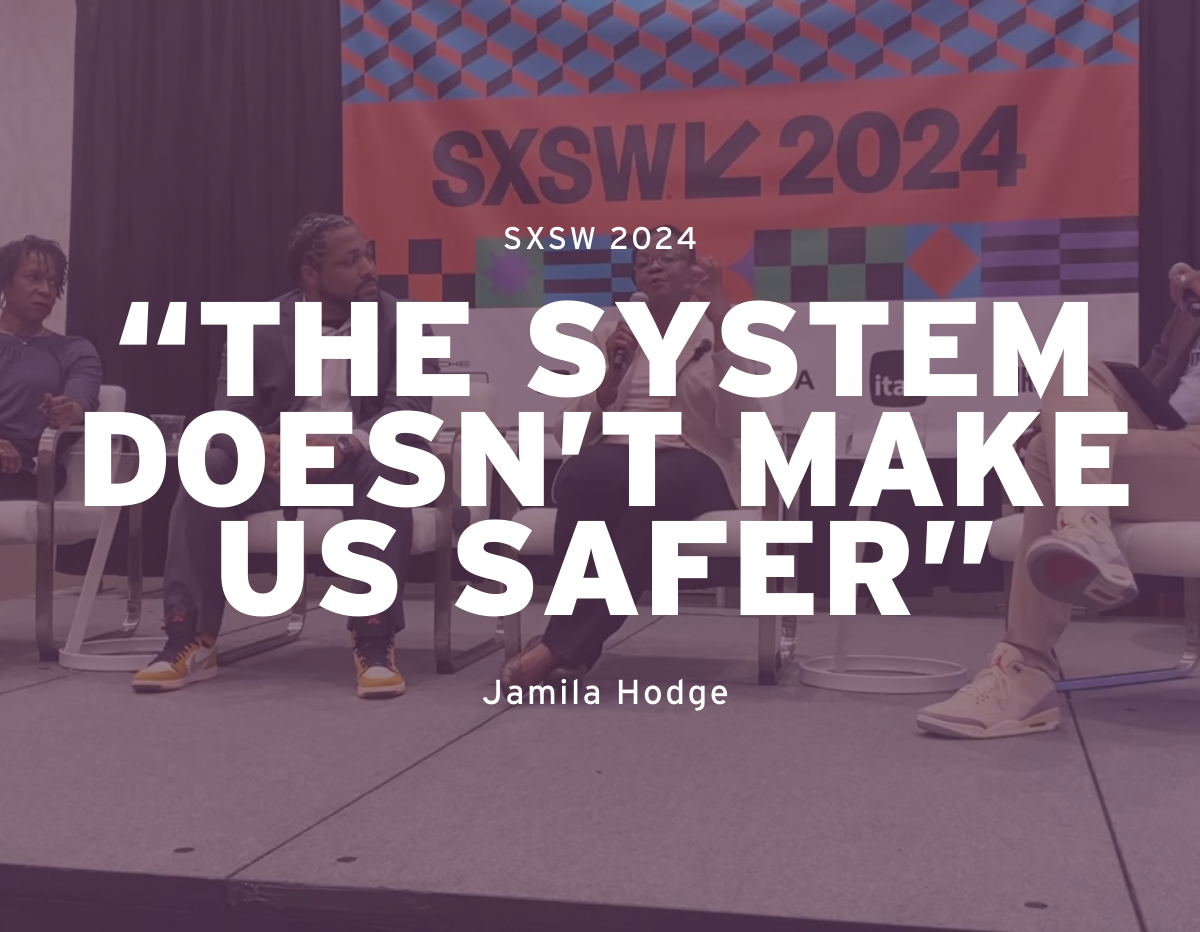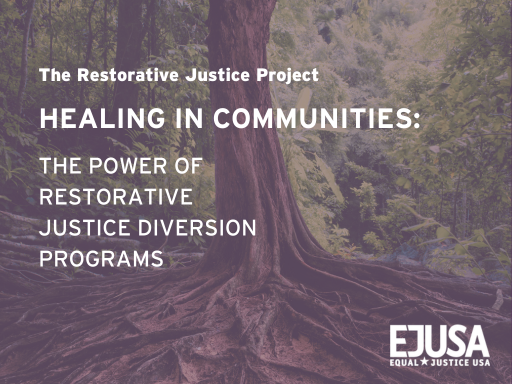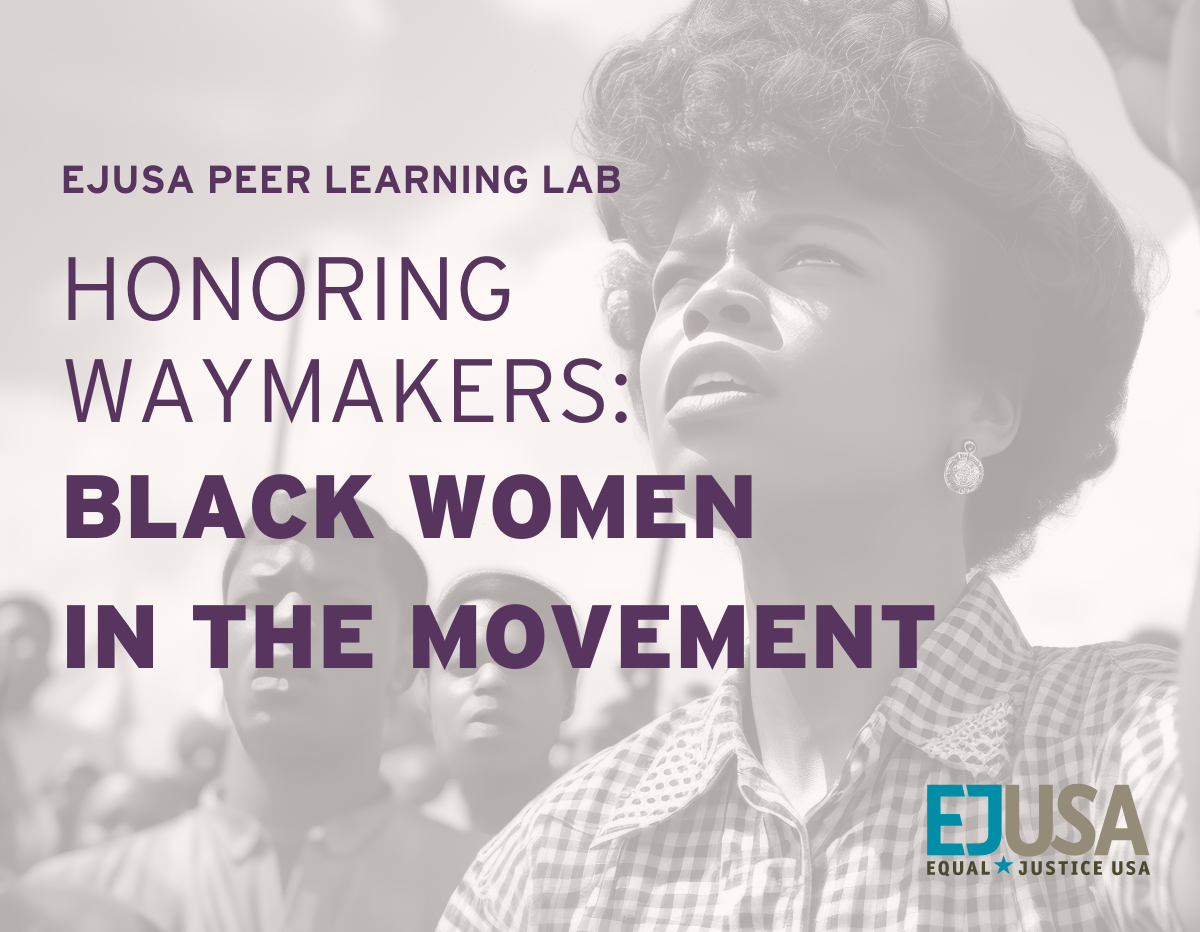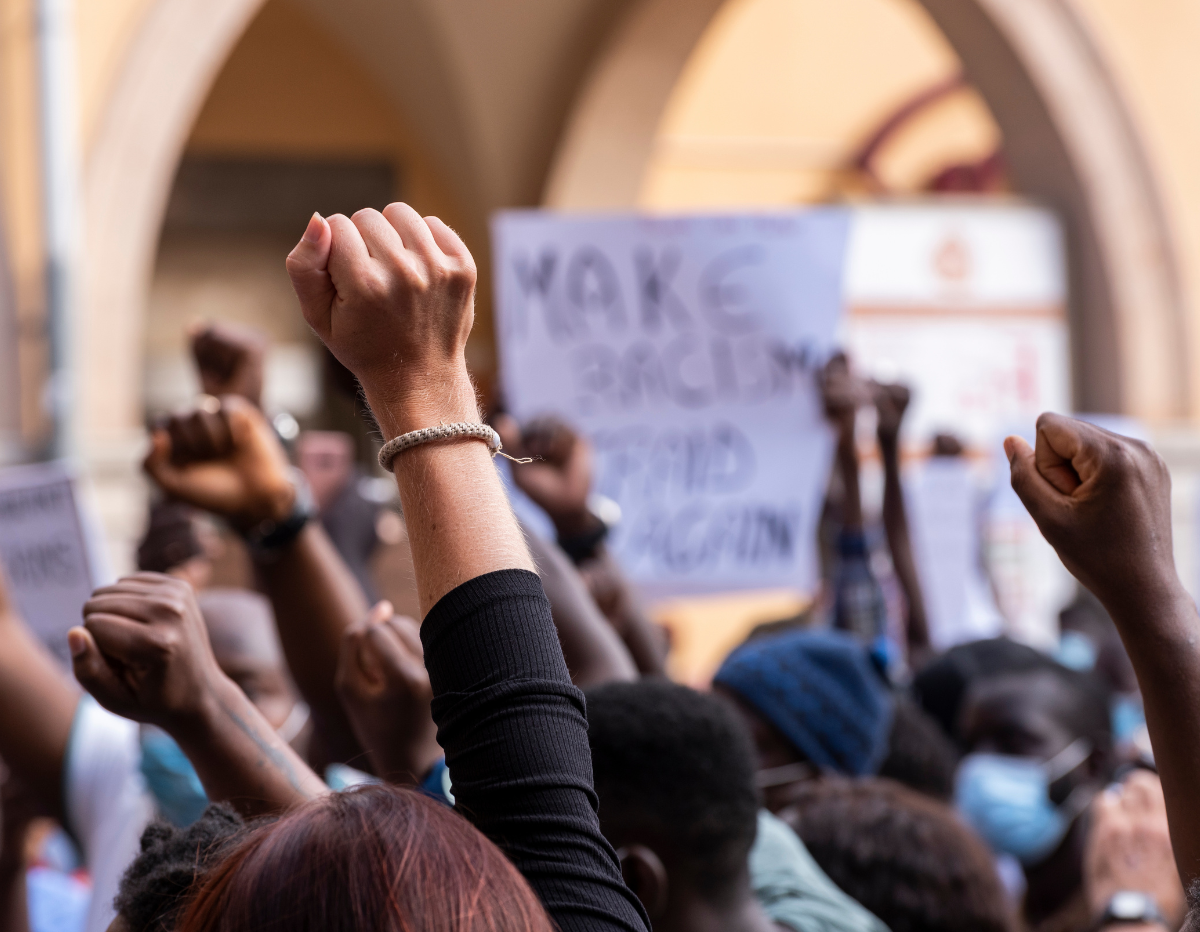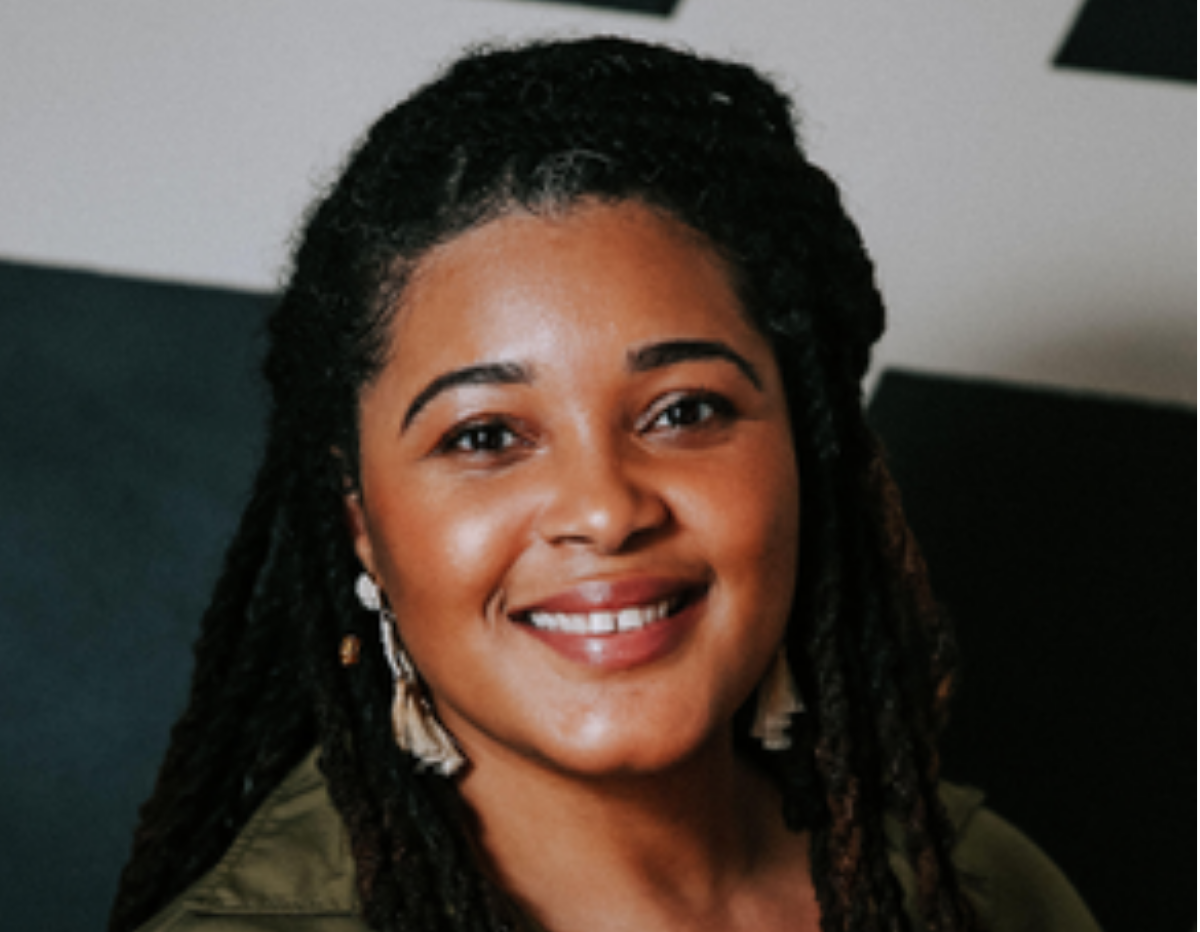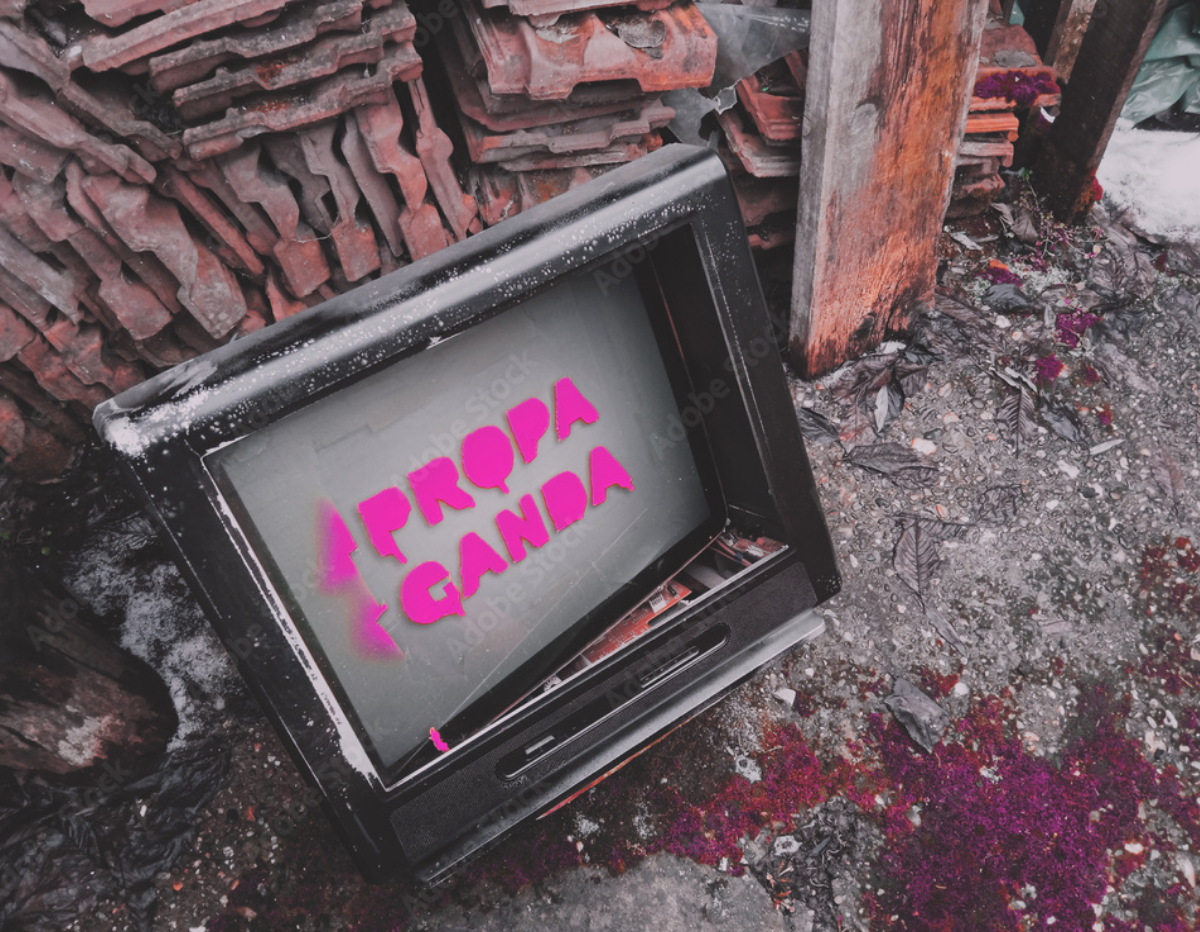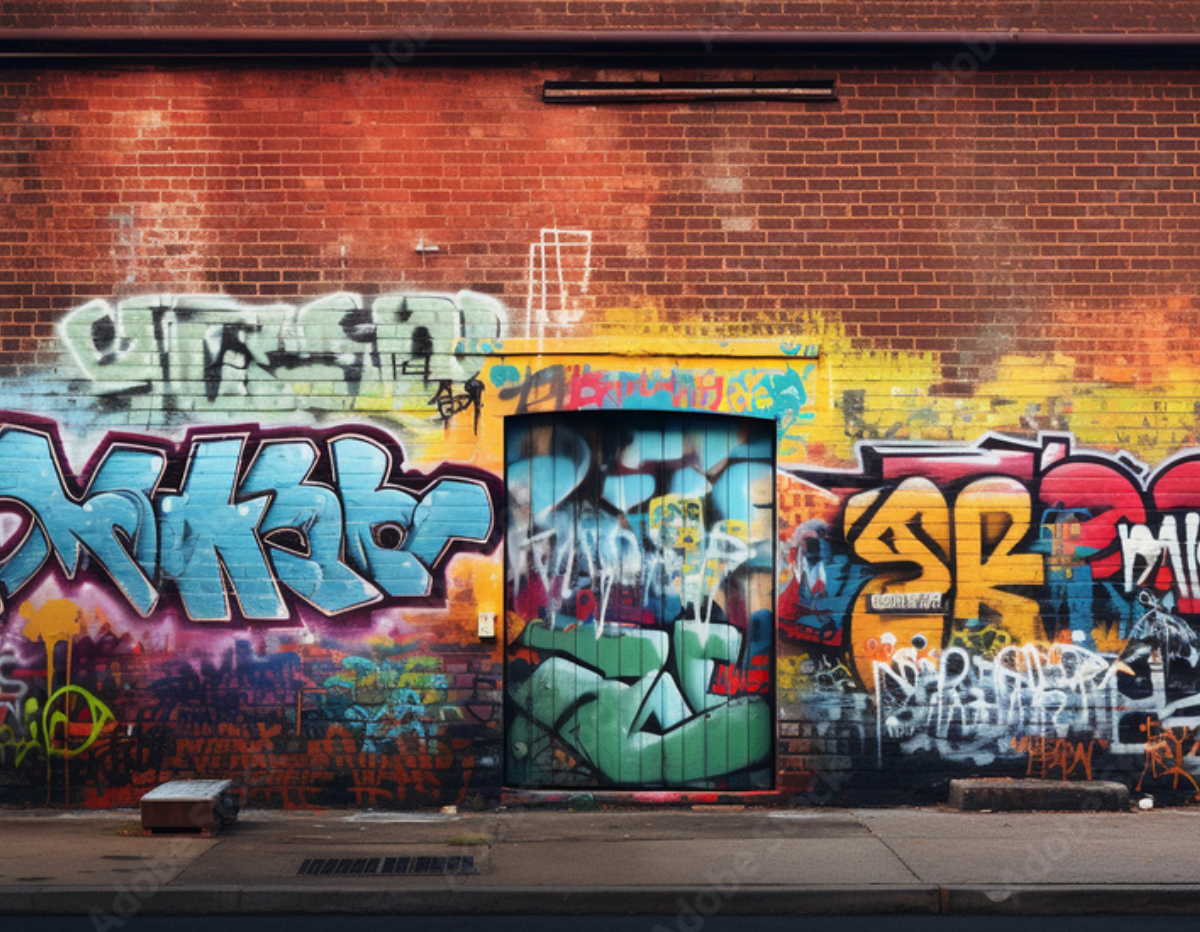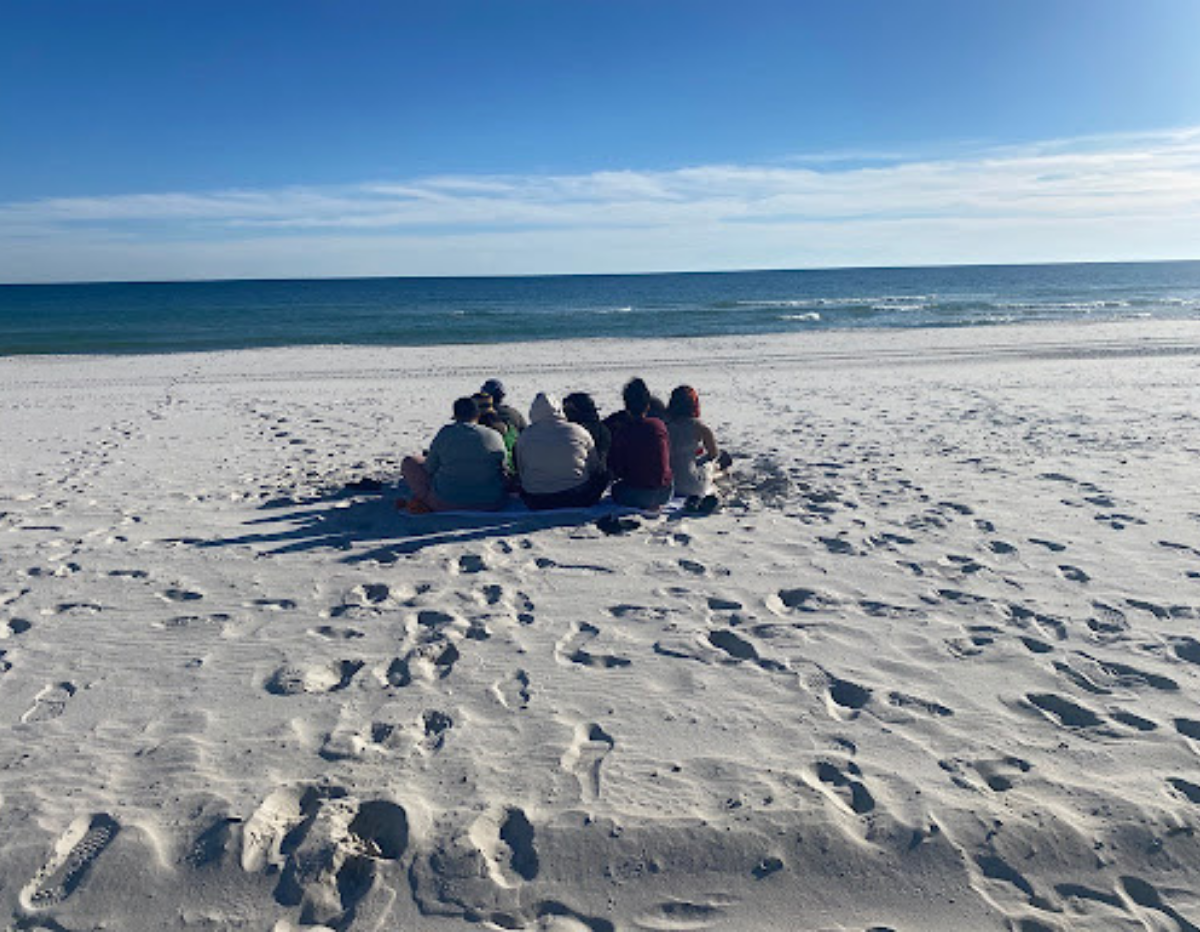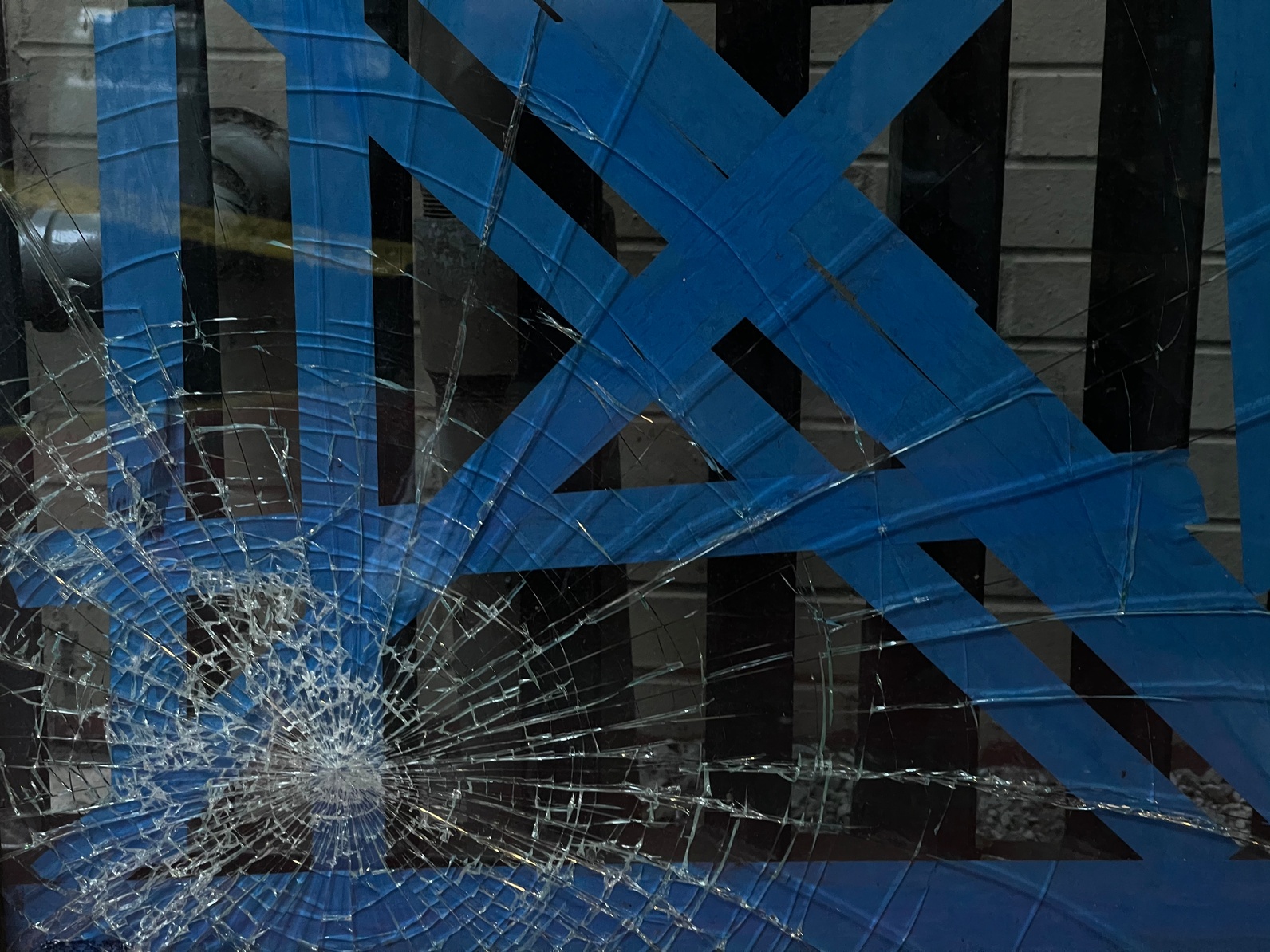
A few weeks ago, we shared some essential facts about misinformation and propaganda so that readers could recognize it as they see it. Today, we will discuss narratives that perpetuate harm against minority communities.
In 1619, European traders kidnapped and enslaved the first of 12.5 million Africans. Those that survived the trans-Atlantic journey worked and suffered as slave labor. The enslavers soon created patrols to oppress and control these human beings—the first policing force.
Policing is the front line of incarceration. Black Codes and Jim Crow laws to reinvent enslaved labor and oppress Black people. The repression of the civil rights movement and the war on drugs and everything between served as tools in a legal system that has built our mass incarceration crisis that has made the U.S. one of the most carceral nations in the world, with almost 20% of the global prison population, is a relentless force intent on sustaining itself.
The exploitation of forced (slave) labor as part of incarceration is still part of a massive system geared toward survival and growth. And the actors in that system know that propaganda can play a key role in its sustainability. Here are three narratives built on mis- or disinformation that support the system:
Disinformation Narrative 1: More police equals more safety.
Heightened police presence does not decrease the number of reported crimes in areas with substantial Black populations (source). Unsurprisingly, with more cops, the number of arrests for minor crimes increases, but the homicide rate does not decrease. This is because policing is a product of racism created to oppress Black people, and is only trained and equipped to react to harm. By design, they don’t, and can’t, address the factors that lead to harm.
Impact: This narrative is driven by fear. It preys on society’s fear of crime and criminals. The narrative distracts citizens from the true causes of crime. By perpetuating this narrative, cities increase the number of arrests. This increase only serves to fuel the prison industrial complex that capitalizes on slave labor.
Disinformation Narrative 2: Police are being defunded.
The United States has the most well-funded police force in the world, and yet, all this spending does not decrease the overall crime rate. “Defunding” hasn’t happened—no matter how much the news, politicians, or presidents state it. In fact, funding for policing increased substantially in the past few years (source). Despite the increase in police funding, and despite having the most well-funded police force in the world, violent crimes still happen.
Impact: This deliberately false narrative’s purpose is to increase funding for law enforcement at all levels. By pushing the lie that local law enforcement does not have enough funds, politicians, police chiefs, and lobbying organizations reinforce the fear of increasing crime. Cities have the excuse to divert money from preventative programs and services that work to address the root causes of crime.
Disinformation Narrative 3: Police need more training.
When police commit violence against community members, the response is often a push for more training. After all, it’s only a few bad apples spoiling the bunch. Media outlets insisted that it was the problem of the individual officer, not the institution itself. They called for putting more money into the police departments because officers weren’t trained enough. They did not have the right equipment such as body cameras. Cities did not decrease police spending. Funds increase each year, but those funds have not led to a significant change in police brutality.
Impact: This narrative is interwoven with the other two lies to increase money siphoned into local police departments. It does not serve to address the economic, structural, and societal factors that cause harm. It’s a band-aid solution.
These narratives and techniques serve to capitalize on fear, divert attention away from causal factors, and divert much-needed funding from social services. They are jingly keys to distract us while police continue to arrest Black and Brown people at a disproportionately higher rate. More prisoners means more forced labor for the companies that lobby to prevent societal changes. When you see these messages, ask yourself who benefits? Who might be funding these narratives? Who might be financially benefiting from them? Following the money is a useful tool when debunking propaganda.
Where to go from here
The next post in this series will cover how to recognize misinformation when you see it. We may be surrounded by propaganda, but we are able to identify it, combat it, and work towards addressing the harm it does.
Links for further reading:
Articles on Prison Labor
These states still have slavery language in their constitutions
These states use prison labor without pay
Even in states where the language was removed, prisons still use free labor
Read more about companies that capitalize on prison and slave labor (globally):
12 Corporations Benefiting from the Prison Industrial Complex
US Prison labor tied to the world’s most popular food brands
Law enforcement:
NYT Twists Stats to Insist we Need More Policing
Propaganda and technology:
